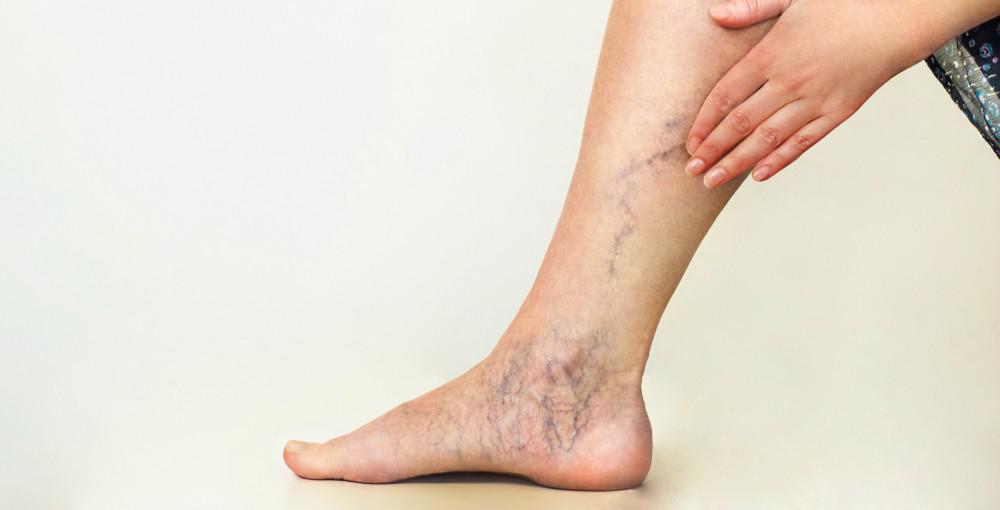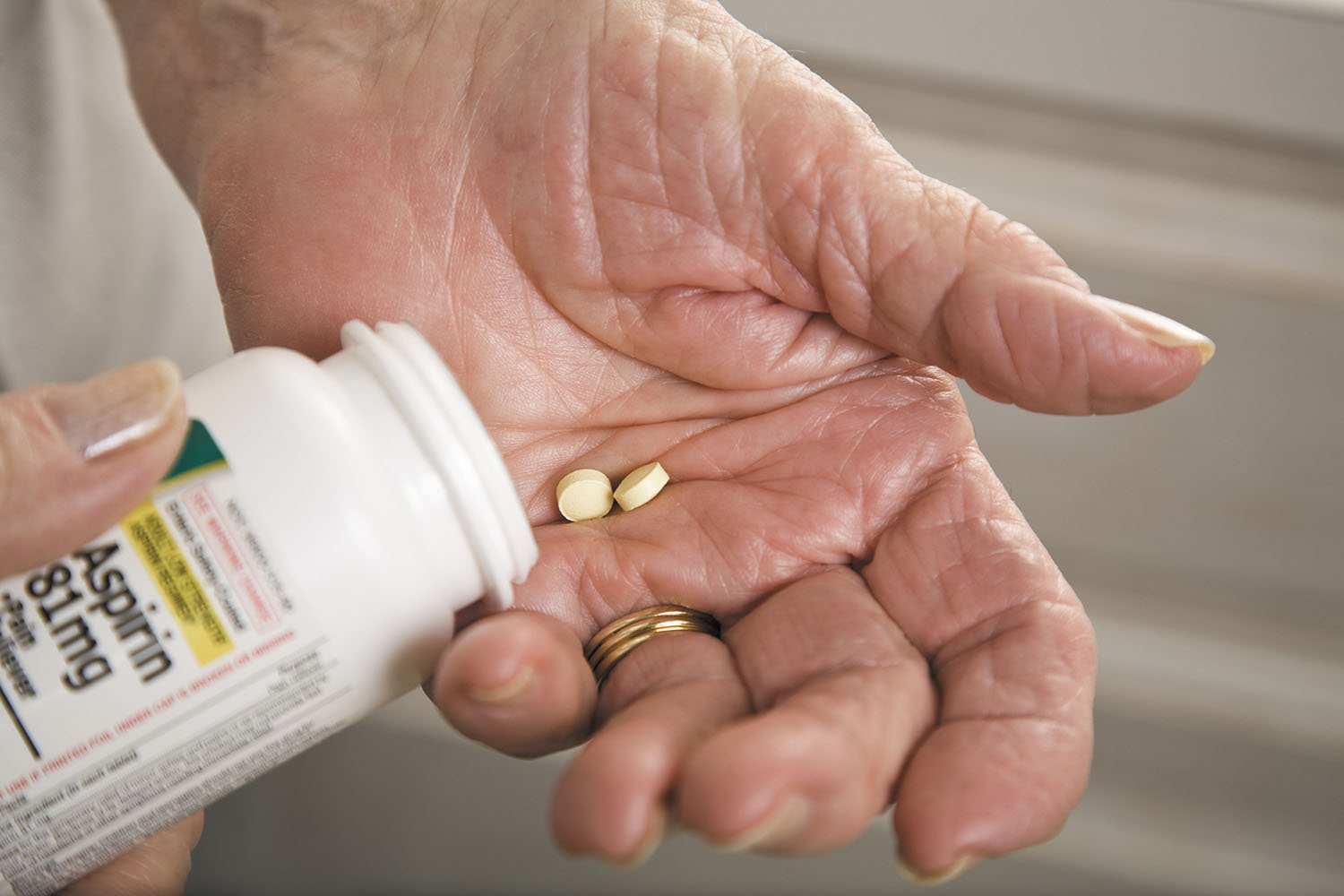Your venous system has a critical role in pumping blood to and from the heart. Vein diseases are common, and they affect people of all ages. Florida Lakes Vein Center is a leading Venice vein center applying ultrasound, laser, and other non-invasive treatments for optimal results.
Varicose veins and spider veins
A varicose vein is a condition where blood vessels close to the skin’s surface get swollen and twisted. The disease typically affects the veins in your limbs. That is because your legs carry the pressure from the entire circulation system when standing or jogging.
Mild cases of varicose veins are usually cosmetic and are not a health threat. But they may cause discomfort and pain for some patients.
Varicose veins appear as twisted and bulging blood vessels protruding from the skin’s surface. They may be dark blue, red, or skin-colored. Varicose veins may cause your legs to feel heavy and fatigued.
Spider veins are smaller, red-colored versions of varicose veins that develop into branch-like patterns that resemble spider webs. They are visible under the skin, but they do not have the same rope-like appearance as varicose veins.
People with a family history of venous system conditions are more susceptible to varicose veins and spider veins. The symptoms may worsen If you sit or stand for extended periods.
Older patients are more likely to have damaged valves, which may trigger the onset of varicose veins and spider veins. Pregnancy and obesity can cause the veins to swell and twist. Hormone therapy and birth control medication may also lead to varicose veins.
Deep vein thrombosis
Deep Vein Thrombosis (DVT) occurs when a blood clot develops in the blood vessel. Patients with DVT may notice a change in skin color around the affected area. You may feel sensations of pain in your limbs arising from the calf.
DVT can have far-reaching implications for your overall health. The blood clot can travel through the blood vessels to other organs like your lungs. In such cases, it may impact lung function and cause breathing complications.
Superficial venous thrombosis is similar to DVT, but it affects the veins closer to the skin’s surface. It is less life-threatening than DVT since blood clots rarely travel outside the affected area.
Venous stasis ulcers
Stasis ulcers are wounds that develop in the venous system and take time to heal. They emerge when blood vessels cannot pump deoxygenated blood back to the heart. The pressure from the buildup creates wounds that may take several months to heal.
The area around the wound may become crusted and discolored. You may experience symptoms like itching, swelling, or pus oozing from the affected area. Sometimes the ulcer produces a foul odor, especially in severe cases.
Treatment for vein conditions
There are several non-surgical options to manage and treat venous conditions. Your specialist may propose ultrasound-guided sclerotherapy to close the vein. The process forces the veins to find another blood vessel to reroute blood. The vein is eventually resorbed into the body.
Contact Florida Lakes Vein Center to book your vein consultation today.




